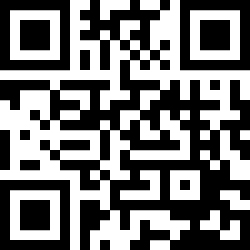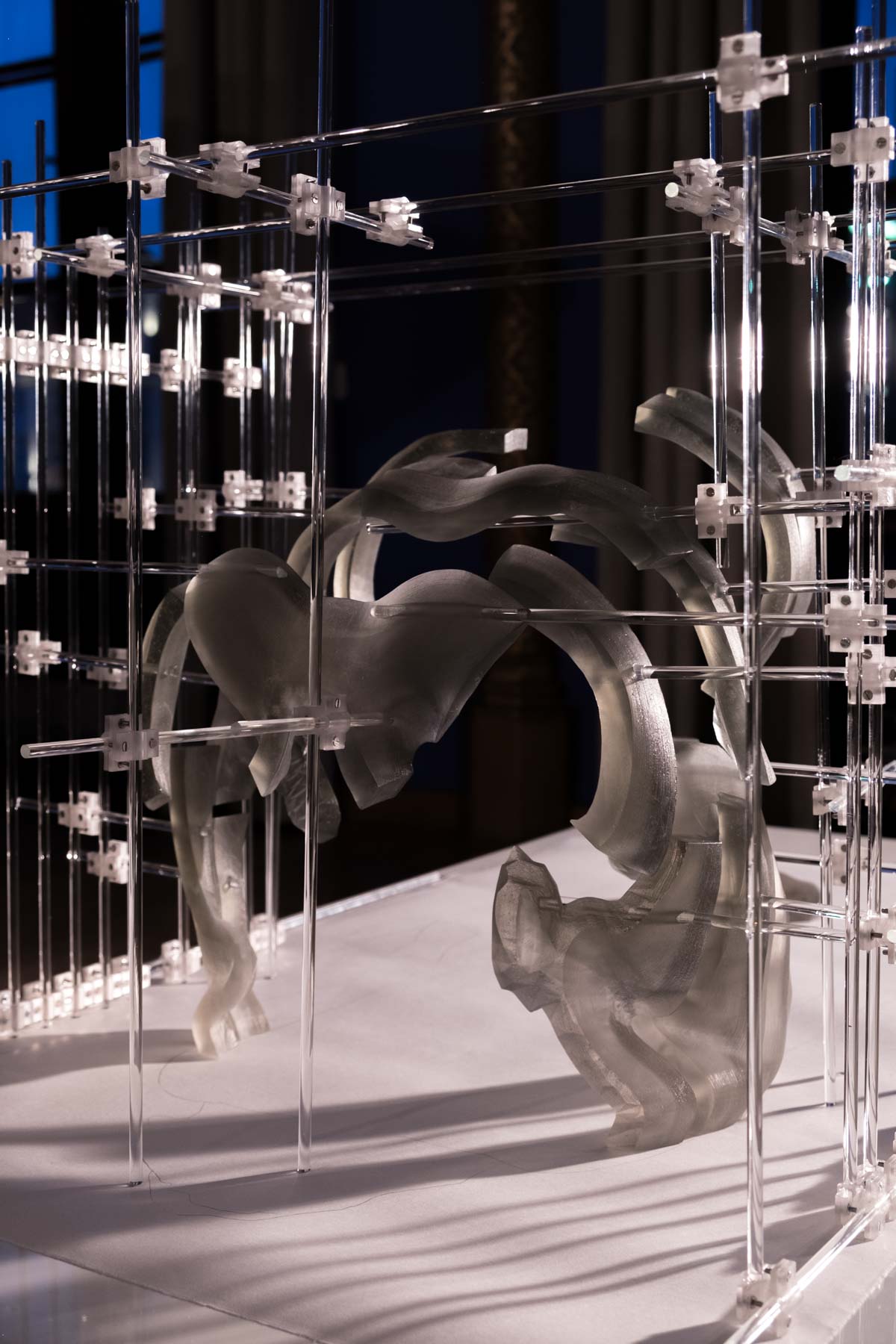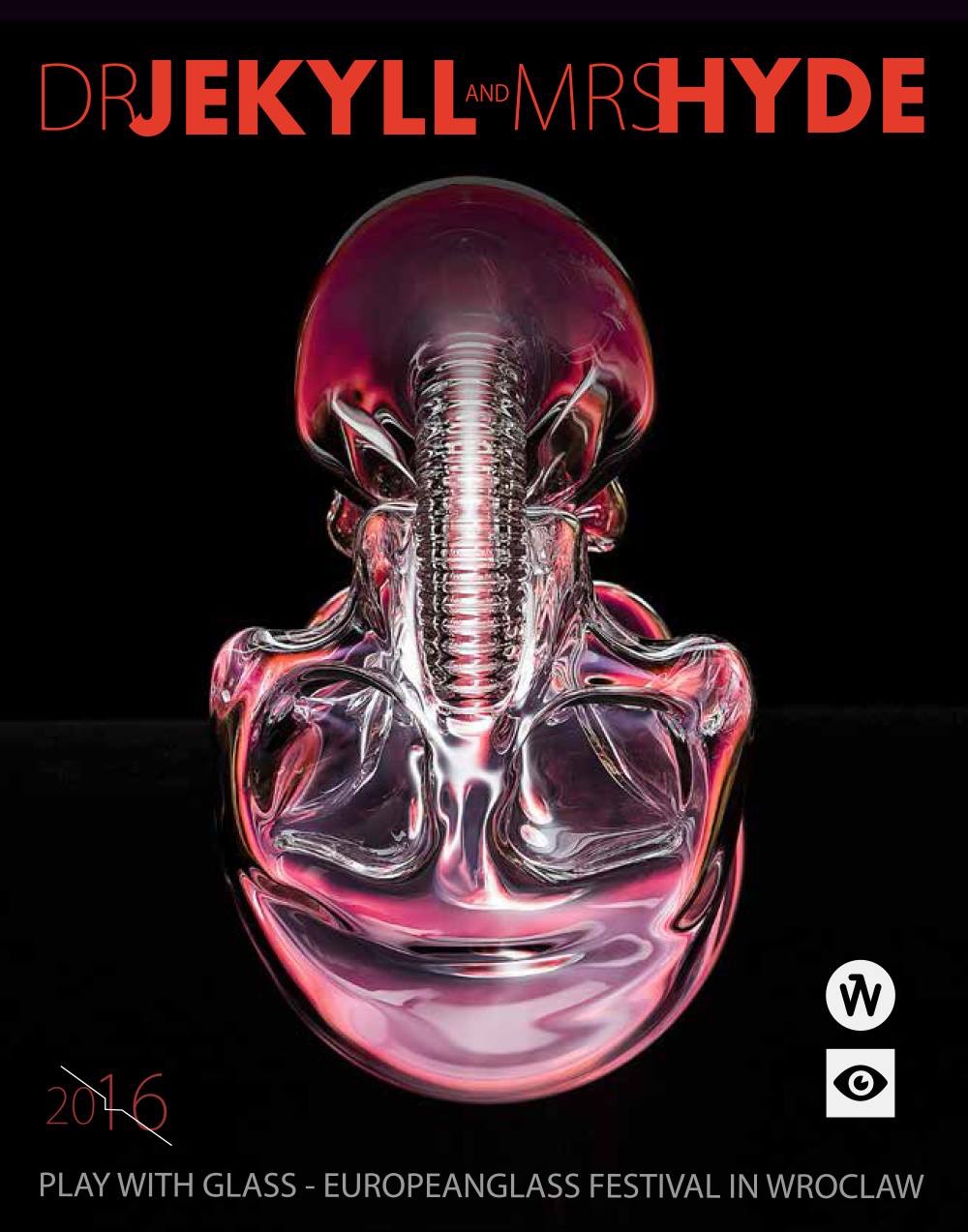European Glass Festival – Wroclaw – Łódź – Legnica – Kraków
- October 17, 2016
- Exhibitions
Dr Jekyll and Mrs Hyde – Play with Glass – European Glass Festival – 17.10.2016–10.11.2016 – opening: 17 October 2016, 5 pm – Wrocław Central Train Station – Session Room
Kalina Bańka – Poland; Jakub Berdych Karpelis – Czech Republic; Æsa Björk – Iceland/Norway; Javier Blanco – Spain; Jana Hojstričová, Palo Macho – Slovakia; Krista Israel – Netherlands; Maria Koshenkova – Russia/Denmark; Magdalena Kucharska – Poland; Sini Majuri – Finland; Mihály Melcher – Hungary; John Moran – USA/Belgium; Silvio Vigliaturo – Italy; Janusz Walentynowicz – Denmark/USA; Krzysztof Wałaszek – Poland; Bernd Weinmayer – Germany/Austria; Dana Zámečníková – Czech Republic; Barbara Zworska-Raziuk – Poland
Curator: Anita Bialic
Wrocław – Wrocław Central Train Station – Session Room – 17.10.2016–10.11.2016
Tuesday – Friday, Sunday – 1 pm – 7 pm / Saturday – 10 am – 7pm
Łódź – Municipal Art Gallery – Re:Medium Gallery – ul. Piotrkowska 113 – 17.11.2016–10.12.2016
Legnica – RING Gallery – Pl. Katedralny 1 – 16.12.2016–29.01.2017
Kraków – BB Gallery – ul. Skałeczna 5 – 07.02.2017–31.03.2017
Festival Debut: Beginning – Sebastian Kitzberger – Czech Republic
EGF exhibition:
Where is my paradise? – Shige Fujishiro – Japan
Travellers – Marta Gibiete – Latvia
Transfer – Antonina Joszczuk
Flamingos and Inselbergs – Stefan Sadowski
INSIDE – Magdalena Tyc-Witwicka
HOT DOG – Stani (Stanisław Jan Borowski)
Still Life – Anna Gałuszka
Memory Cards – Małgorzata Mitka
“We see glass as a solid substance, but in fact, it is a liquid; there are so many ways to use it. We have only scratched the surface,” said Zesty Meyers, who joins Evan Snyderman to make B Team, whose designs include works using liquid glass.
The main exhibition of the 5th edition of the Play with Glass European Glass Festival, which bears the provocative title of Dr Jekyll and Mrs Hyde, covers the gamut of possibilities available to glass artists in the twenty-first century. In Scottish writer Robert Louis Stevenson’s world-famous novella The Strange Case of Dr Jekyll and Mr Hyde (1886), a distinguished London doctor, Henry Jekyll, turns into the cruel Edward Hyde through a serum of his own invention. Jekyll is unable to reconcile himself to the acts he performs as Hyde, and commits suicide.
Stevenson’s novella is a portrait of a person who is pathologically divided; it introduced the phrase “Jekyll and Hyde” into our colloquial language to describe a person with a split personality. Will turning Dr Jekyll into a Mrs Hyde prevent the suicide? Or will Mrs Hyde, like her male counterpart, turn out to be a monster…? The eighteen artists from thirteen European countries who have been invited to take part in the main exhibition of this year’s festival have received a difficult task: to use glass to present a personal tale of a contemporary Dr Jekyll, alienated in the industrial and virtual space of the twenty-first century.
In viewing the works specially prepared for the exhibition, we have no doubt that, as an artistic medium, glass offers limitless opportunities for expression and uncovering the truth of the world that surrounds us.
One year ago, a The Wall Street Journal headline ran: “Glass Becomes the Art World’s Buzziest Material.” The Dr Jekyll and Mrs Hyde exhibition confirms that glass is “buzzy” indeed.


